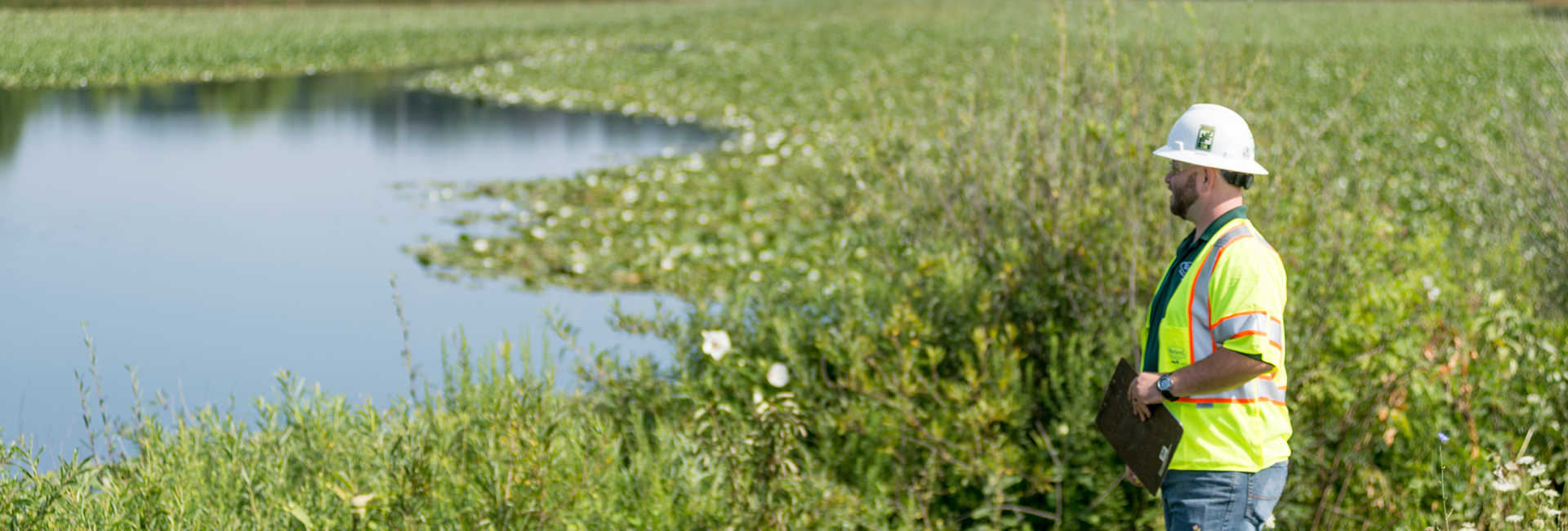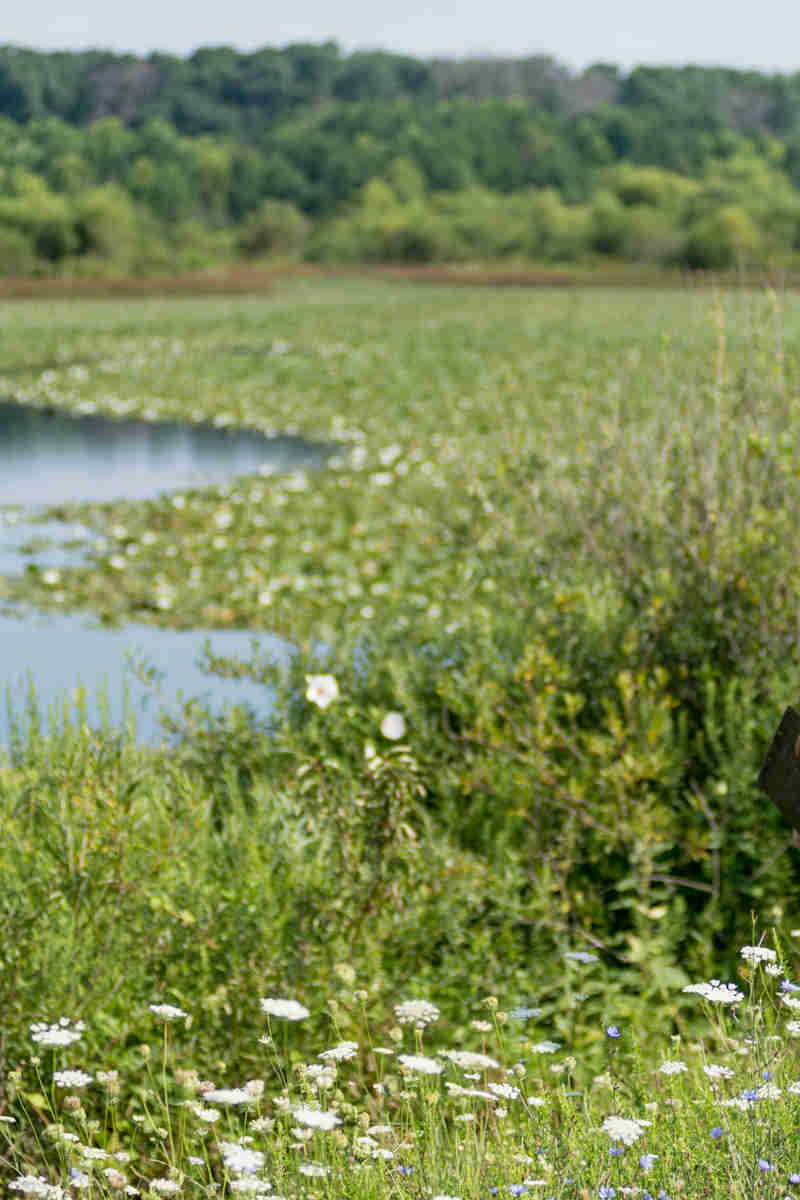Pollinators provide a vital service to our local ecosystems. They carry pollen on their bodies from flower to flower to help plants reproduce, resulting in fruits, vegetables, nuts, and other food resources for both humans and animals. According to the USDA, more than half of the world’s supply of fats and oils comes from animal-pollinated plants, and more than 150 food crops in the U.S. depend on pollinators.
In recent years, pollinator populations have been declining due to threats like habitat degradation, pollution, pest infestations, and changes in land use. Incorporating pollinator-friendly plants, like bee balm, milkweed, and cone flowers, into a landscape can help boost pollinator populations.
Expand Your Green Space’s Horizons
While residential backyards are the most common place for pollinator-friendly gardens, municipal parks, commercial landscapes, and utility rights-of-way also offer great potential for pollinator-friendly plantings.
Pollinator gardens are viewed as a “plant it and forget it” project, but they require some planning and maintenance to be successful. Regardless of the size of your pollinator-friendly project, be sure to do the following:
- Plant with a goal in mind. Are there specific pollinators you want to attract? What type of biodiversity do you want in your space? Are there any regulatory requirements or compliance needs that need to be considered?
- Location, location, location! Pollinator-friendly plantings should be constructed to be easily perceivable and consumable for pollinators. Keep placement in mind as you plant to make your flowers more accessible. Natural flyaway areas like sidewalks and roadsides are great spots for pollinator habitats, since most animals and insects follow those paths.
- Plant strategically. When planting pollinator habitats, try to replicate nature. Plant flowers that appear near each other in the wild, or clusters of similar plants from which pollinators can easily take resources.
- Establish best management practices (BMPs). Performing BMPs up front can help your habitat’s longevity. When selecting seed mixes, consider watering needs, soil types, maintenance capabilities, and the surrounding habitat.
A Sustainability Boost
Pollinator gardens are a great way to help our local pollinator populations and show your commitment to conservation and environmental stewardship. Davey understands the importance of pollinators and the crucial need for more pollinator habitats. Contact your local office to learn more about pollinator-friendly plantings.
Article Contributors:
Adam Baker, Research Entomologist, The Davey Institute



